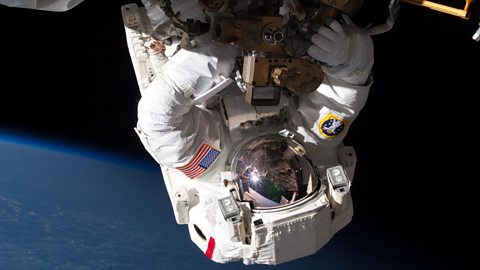EarthÔÇÖs magnetism is pretty easy to forget about, being invisible to the human eye and all that. But itÔÇÖs more important than you might think.
The Earth acts like a giant bar magnet, with a magnetic north and south pole. Confusingly, these are not in the same place as the geographic north (True North) and south pole. In fact, they actually wander about and even switch places. In the last 100 million years, the poles have switched nearly 200 times, with the last switch happening approximately 800,000 years ago.
EarthÔÇÖs magnetism is the result of molten iron in the outer core. This iron moves around as it heats up and cools down, or twists with the motion of the Earth, producing a ÔÇïÔÇïArea surrounding a magnet that can exert a force on magnetic materials.. As with all magnetic fields, it is strongest at the magnetic poles. The area around the Earth dominated by the magnetic field is known as the magnetosphere.
EarthÔÇÖs magnetic field probably isnÔÇÖt going anywhere anytime soon, but imagine if it did. What would Earth be like then?
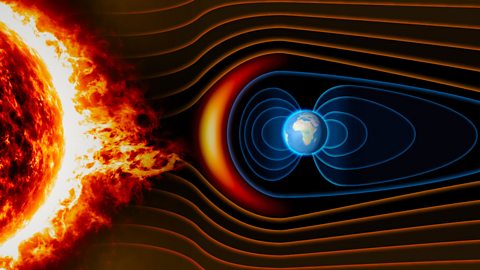 Image source, Naeblys
Image source, NaeblysGreater exposure to radiation
The EarthÔÇÖs magnetic field is what protects us from harmful levels of cosmic undefined and prevents the The layers of gases that surround the Earth. The important gases in the atmosphere are nitrogen, oxygen and carbon dioxide. from eroding away.
Our Sun is constantly emitting radiation and charged particles, which move at such high speeds that theyÔÇÖre able to escape from the SunÔÇÖs gravitational field. Together, these particles make up what is known as the solar wind. When the solar wind collides with the magnetosphere, most of the particles are deflected away, around to the other side of the Earth, where a long tail forms. Those that do make it through are then prevented from reaching the EarthÔÇÖs surface by the atmosphere.
EarthÔÇÖs magnetic field also protects us from radiation from outside the solar system, known as Galactic Cosmic Radiation (GCR). It is made up of the The centre of an atom. The nucleus is made up of smaller particles called protons and neutrons. of atoms, travelling close to the speed of light.
According to NASA, ÔÇ£without this protection, EarthÔÇÖs biosphere might not exist as it does today, or would at least be limited to the subsurfaceÔÇØ.
Once outside the magnetosphereÔÇÖs protection, astronauts are vulnerable to radiation and so require additional protection. It is thought that Mars may have once had a protective magnetic field, and that its loss led to the erosion of MarsÔÇÖ atmosphere.
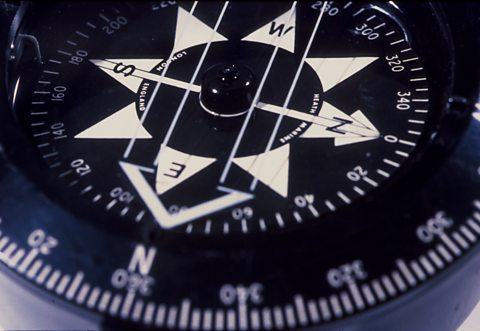 Image source, ┤¾¤¾┤½├¢
Image source, ┤¾¤¾┤½├¢Compasses would be useless
A magnetic compass works by indicating the direction of the north magnetic pole. The needle of a compass is actually a very small bar magnet, which is balanced on a pivot so that it is easily able to rotate. When laid flat, the compass needle will swivel to point to the magnetic north. From there, the other directions can be figured out. Without the EarthÔÇÖs magnetic field, this useful phenomenon would not occur.
Whilst the geographical and magnetic north poles arenÔÇÖt always in the same place, a magnetic compass still does a decent job if youÔÇÖre out for a walk. In cases where total precision is required, such as shipping or flying, corrective mechanisms or other types of compass are used.
Should the magnetic poles switch again, if we faced geographic north and held one of our current compasses, the needle would actually indicate that we were facing south.
 Image source, ┤¾¤¾┤½├¢
Image source, ┤¾¤¾┤½├¢There would be no Northern or Southern Lights
The Northern Lights (Aurora Borealis) and the Southern Lights (Aurora Australis) offer a spectacular lightshow for anyone lucky enough to spot them. They fill the sky with stunning shades of green, yellow, purple and more, which appear to dance around. But without the EarthÔÇÖs magnetic field we wouldnÔÇÖt be treated to such a dazzling display.
When the solar wind collides with EarthÔÇÖs magnetic field, some of the particles are deflected in the direction of the north and south magnetic poles, to areas known as the auroral ovals, were they are drawn downwards. There, they collide with gases present in the EarthÔÇÖs upper atmosphere, such as oxygen and nitrogen. This causes the atoms and molecules within those gases to heat up, emitting flashes of coloured light. When heated, different gases give off different coloured lights. Oxygen tends to have a green hue, whereas nitrogen is typically more of a blue or purple colour.
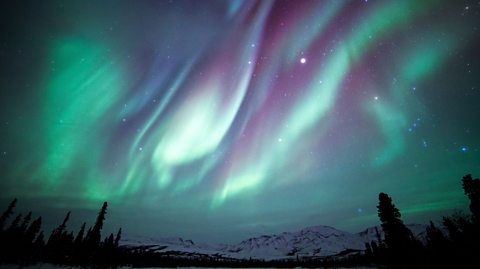 Image source, Daniel A. Leifheit
Image source, Daniel A. LeifheitSometimes, the aurora appear brighter than normal and can be seen from further away. This is due to periods of more intense solar activity known as coronal mass ejections (CMEs) or solar storms. Large explosions on the surface of the Sun eject massive clouds of particles at speeds of several million km an hour, which then take up to three days to collide with the EarthÔÇÖs atmosphere. This causes a geomagnetic storm, a major disturbance in the magnetosphere which intensifies the aurora.
Technology would be vulnerable to outages
Heightened solar activity doesnÔÇÖt just make the aurora look even more spectacular, it can also have real world consequences. Changes to the EarthÔÇÖs magnetic field can generate an electrical current in A material which allows charge to move easily through it., such as power lines or pipelines. Electrical surges can then overload the systems.
In March 1989, one geomagnetic storm resulted in a Canadian power grid going down for over nine hours. Six million people in the province of Quebec lost power, and the outage is thought to have cost hundreds of millions of dollars. Before that, in 1972, another storm took down long-distance telephone communication within the US state of Illinois.
Power grids, satellite navigation signals and aircraft and shipping communications can all be effected by these solar storms.
ThatÔÇÖs why there are agencies like the US National Oceanic and Atmospheric Administration's Space Weather Prediction Center, who monitor the SunÔÇÖs activity and changes to the EarthÔÇÖs magnetic field, in order to make predictions about when a CME might arrive. These warnings allow companies and organisations to take any precautions they can.
When a CME, travelling at around 1,300km per second, was registered in March 2012, some air traffic was redirected away from the polar regions to ensure radio communication was maintained.
Without the presence of the magnetic field to offer a degree of protection, our technologies would be even more vulnerable to the variations of the solar wind.
Five times songs got things about space wrong
Can you really surf the sun? Is it worth waiting for a star to fall?
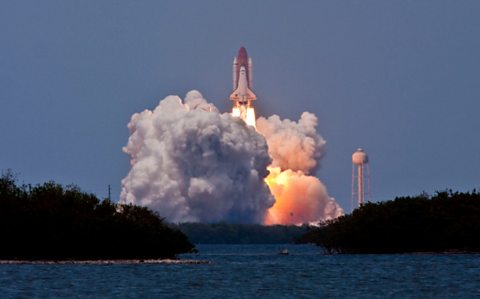
Four things we learned from Earth in Space
Those amazing aerial views have something to teach us.

Five things we get wrong about space
Forget everything you thought you knew about space and read this.
